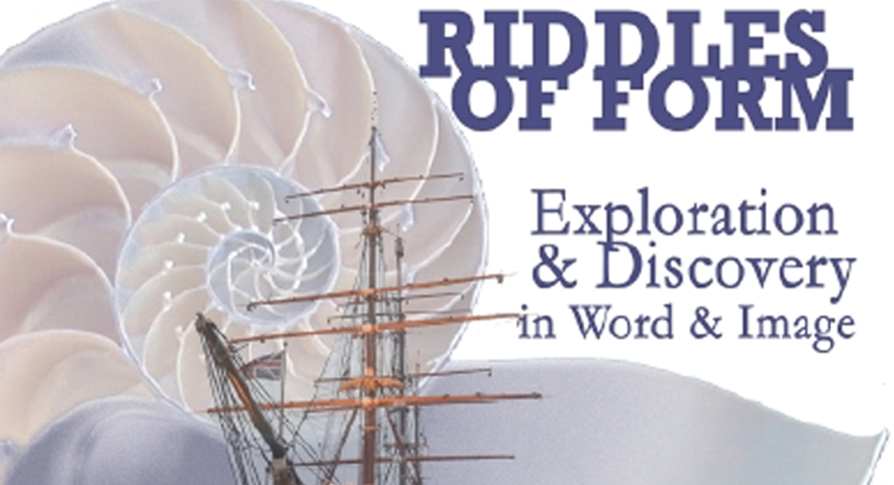
Dixième colloque international de IAWIS
Vingt-et-unième colloque international de SWIG
Université de Dundee, Écosse
11-15 août 2014
Page du colloque :
Liste des sessions :
Session SAIT : The Thinking Hands of Science, Literature and Art: the interface and interplay of experimentation
Organisatrices : Sophie Aymes (Université de Bourgogne, France) ; Anne-Laure Fortin-Tournès (Université du Maine, France) ; Laurence Petit (Université Paul Valéry-Montpellier III, France)
This session invites contributions that explore the interface and interplay between artistic and literary experimentation and scientific experiments. We welcome papers that examine the interaction between word and image in a variety of hermeneutic investigations and discuss the forms of visibility that they create. The papers will look at epistemological crossovers and they will favour works that concern themselves with the boundary between the body and its technological extensions.
Optical devices such as cameras, mirrors, as well as recording and measuring devices – either analogical or digital – belong to the broad category of ‘apparatus’ as defined by Giorgio Agamben. They are the basis and condition of hermeneutic investigations that materialise mental processes and are used as extensions of the human body and of the hand in particular. In a more direct – or seemingly unmediated way – draughtsmanship and sketching are linked to observation and to the genetic stages of creation. They encapsulate the mental and perceptual processes at work in ways that foreground the singularity of handwriting and drawing. All of these are inscribed in text and image and produce iconotextual variations on the pictorial, as shown in Liliane Louvel’s Poetics of the Iconotext (Ashgate, 2011).
In that respect papers can deal with experiment(ation) as a theme in fiction and in art, but also as scientific practice or artistic performance, in media and works of all kinds. They will explore the role of the body and/or of apparatus, as well as the boundary between the two. They will analyse the modes according to which tools and/or the hand condition our engagement with the pictorial.